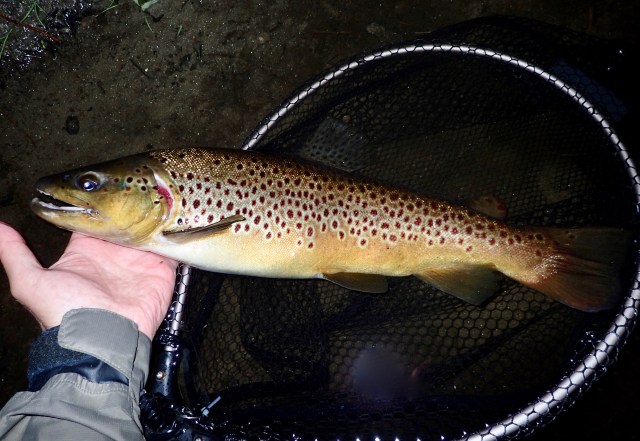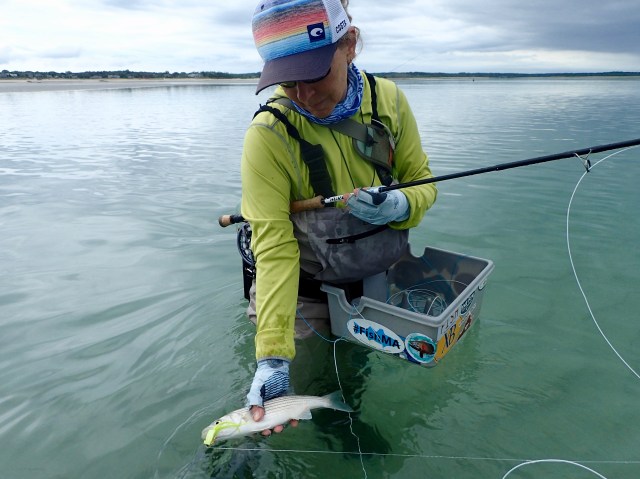Orvis PRO Wading Boots, where have you been? I’ve worn many different brands of wading boots over the years and disliked most of them. (Some I even hated — we’ll get to that shortly.) Even my all-time favorite boot, made by LLBean — I forget the model name and they are long since discontinued — had a tragic flaw: the rubber sole of the boot would come unglued after a season or two. I eventually got tired of returning them.
I only ask three things of boots: support, grip, and don’t be too heavy on my feet. My last two sets of boots have been the Simms G3 Guide Boots with Vibram Soles. Don’t ask me why I suffered through two pairs of those horrid creations. Yep, I hated them. They were very supportive, albeit a little heavy. But the traction — what a catastrophe. Without studs and star cleats, they were treacherous. With the added steel, they were only moderately dangerous. Good riddance, because my new Orvis PRO Wading Boots are everything the Simms are not.
Wow…slip the Orvis PRO Wading Boots on and walk around and they’re not only supportive, but light on the feet. So far, so good. But the real test is, if you’ll pardon the expression, where the rubber meets the road. Orvis claims their Michelin Outdoor extreme outsole offers “a resounding 43% improvement in wet rubber traction over the competition.” Still, I’m a skeptic, and I love me some carbide steel bite, so I ordered the Orvis Posigrip Studs along with the boots.
I’ve put these boots through some mission-critical paces: small streams, which involve wading and hiking on dry land; ocean wading, jetty rock-hopping, and saltwater marsh slogging; and, what I consider the ultimate test, wading in the Housatonic and the Farmington Rivers, both of which have their own unique (and potentially dastardly) rocky bottom structure.
The verdict? Sold! Traction, support, comfort. Highly recommended.
In the interest of fairness, I am not affiliated with Orvis, and I paid for the Orvis PRO Wading Boots with my own coin. Well done, Orvis.







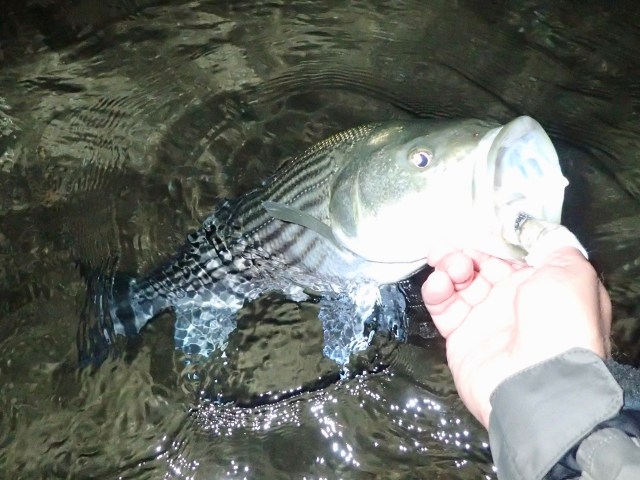



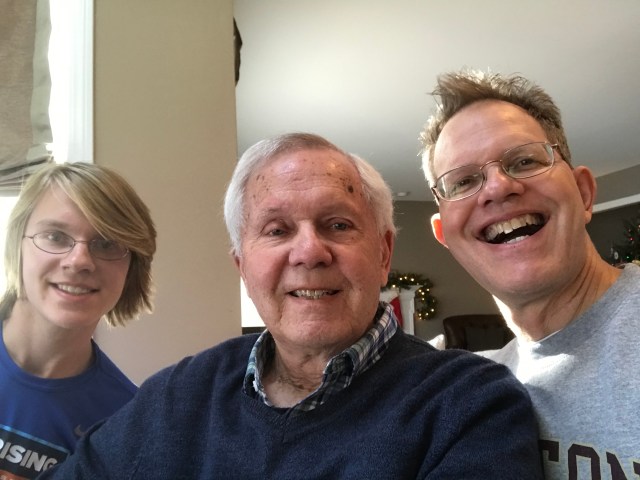

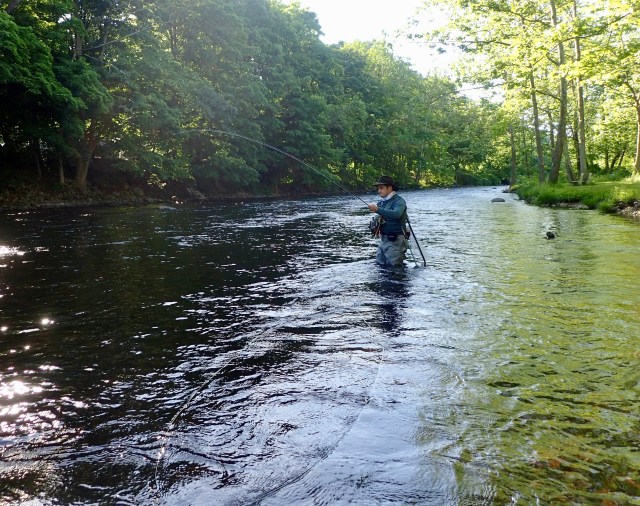 ~
~




